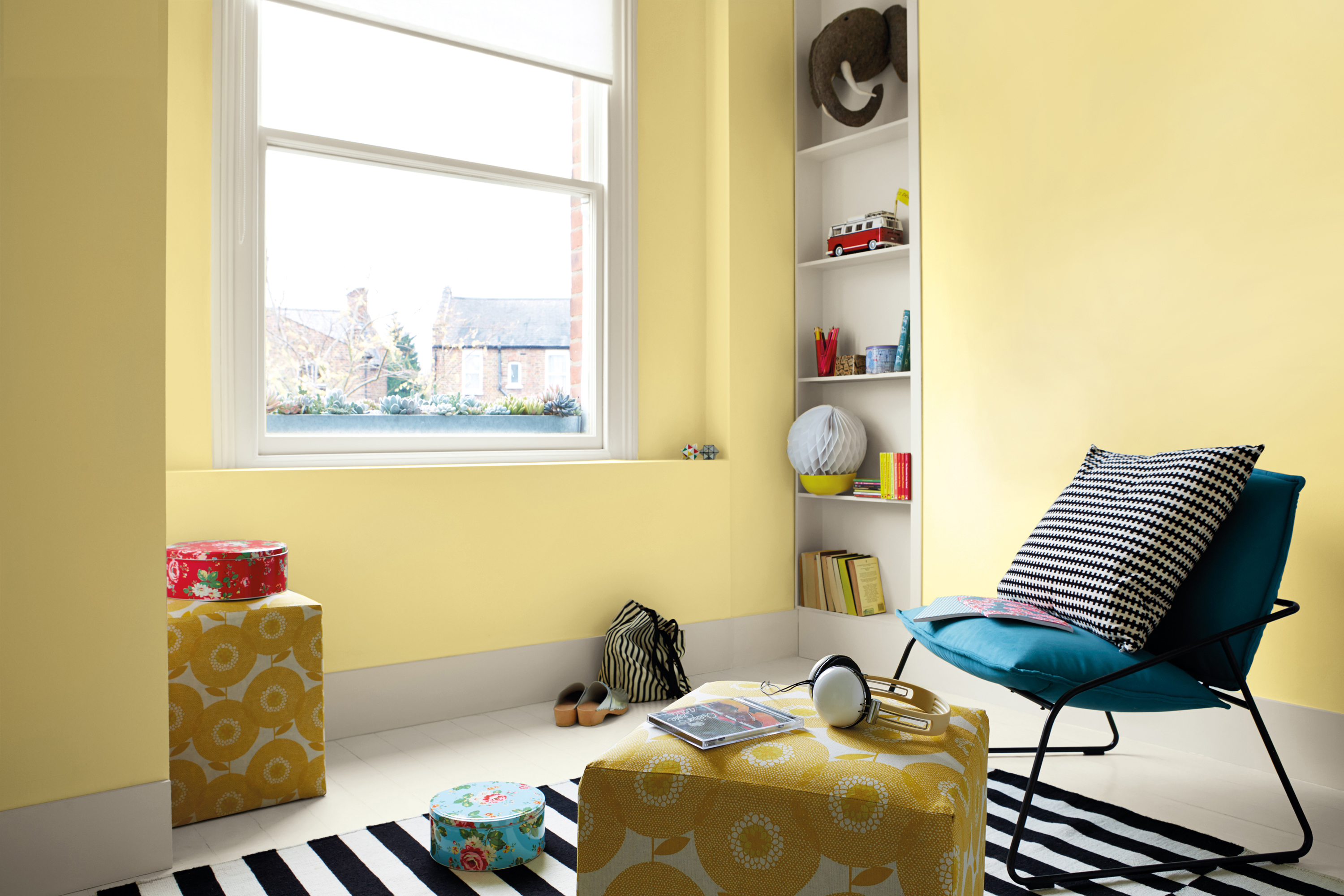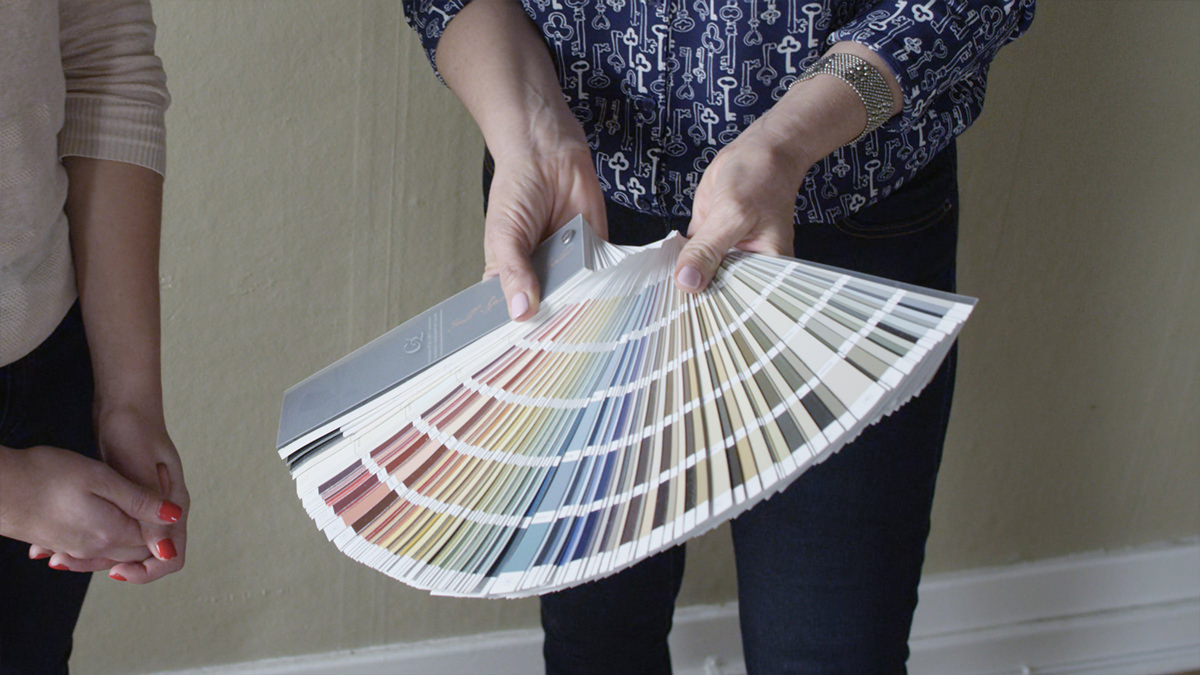Why Having A Hobby is Important
In such a busy world, it just seems that we don’t have enough time in a day. But hobbies are there to remind us to unwind and enjoy once in a while. Aside from giving us a time to take a break and have fun, hobbies can also give us many benefits. The best part about it is that you don’t really have to limit yourself to one hobby. You can try to learn as many as you want!

Stress relief
A hobby is defined as an activity that is mainly done for enjoyment, usually during one’s leisure time. With that definition, it is obvious how hobbies can be great mediums of stress relief. Doing something you enjoy can take your mind off the stress and give it some time to refresh. You may engage in physical activities that can help promote good hormones or maybe indulge in a different world through a book.
Bring you knowledge
When you’re starting to learn a hobby, obviously you gain more knowledge about it. You learn new techniques, ideas, and values that you can use not only with it but also with life in general. Additionally, not only will you be developing your skills in these certain hobbies, you’ll be surprised that having hobbies will also teach you a lot of life skills.

Enhance your social life
Having a hobby means you are involved in a community. It is something that you can usually enjoy with the company of others. You meet people who share the same interests with you, and maybe even learn to get better at your hobbies together. You might have a hobby of model building and have a friend who also does so. Together, you might be able to make a business out of the models you create and meet a lot of people who might be interested in buying them.
A way to earn
Hobbies aren’t necessarily only for leisure. Like what was said earlier, you might be able to earn money from your hobbies. Painting, perfume making, photography, knitting, almost any hobby can be turned into a business if you want to. Hobbies also help you earn better in your job, indirectly. It has been found that those who have hobbies can do better at work because they develop the habit of not wasting time.
Depending on your situation, there can be a lot of hobbies to try out. Whether you like to keep moving, or want to stay at the comforts of your home, there are a million things you can try.

Hobbies that get you moving:
Drone Racing
Rock Climbing
Martial Arts
Cycling
Hobbies that teach patience:
Fishing
Yoga
Knitting
Home-Brewing
Others you can try:
Playing online games
Photography
Blogging
4 Things You Need to Know Before Getting a Dog
If you’re an animal lover in Singapore who wants nothing more than to have a new furry friend, and you’ve most likely spent countless hours trying to convince your parents why you should get one.
However, there are a few things that you need to know before getting one:

- Dogs take much more time and energy to raise than cats
They’re also much more social and need more stimulation in their everyday experience, and the lack of this can put your dog in a rather mood. They need regular walks outside, and they also need toys for their teeth to chew on if they happen to be growing puppies.
Dog years are much shorterthan human years, so be sure to give them love and attention as much as youcan.

- Much like people, they also need their teeth brushed
Dental health is criminally underrated when it comes to caring for your pets, which is why you should also brush your dog’s teeth regularly using a special brush and toothpaste. Taking your dog to the vet and scheduling an appointment for a regular check-up can also just as easily avoid problems later on.
You should also get Fido’snails trimmed so they don’t break, snag, or affect his gait and make itdifficult for him to walk. If your pet dog doesn’t like having their pawshandled, a short visit to the vet can make things a lot easier.

- Dogs do not like being chained up in a corner and left alone
Many dog owners often tie their dogs to a corner when they need to go somewhere and leave them alone, and may not seem like a dangerous thing to do to your pet at first. However, this turns out to be both dangerous and cruel as a practice.
The reason for this is because dogs are naturally territorial and aggressive, and this instinct switches on when they are confined to a small space. Tying them also increases the chance of them potentially getting strangled or choking on the leash, and can even make them sitting targets for the weather, other animals, or other external factors.
- Canine fur can be a source of allergy for some people
Whether you’re planning on getting a dog with long fur that you need to brush and trim, or a short-haired dog that doesn’t need too much hair, you should check to make sure that you’re not allergic beforehand.
You should also be prepared for your home being covered in dog fur when you decide to adopt a new furry friend. Dog fur, like dust, can be home to dust mites or other things that could increase your tendency to sneeze.
5 Easy Steps You Can Take to Be a More Responsible Dog Owner in Singapore
A dog’s personality depends on the owner, and your responsibility as someone who owns a pet in Singapore is to make sure that your pet is in the best of health.
However, as a dog owner, you also need to think abouthow your dog interacts with the people around you as well as the environment –and make sure that the balance between them is preserved.

To be a more responsible dog owner, follow these simple steps:
1. Observe the Code of Responsible Behavior (CRB).
The Code of Responsible Behavior is something every HDB owner/tenant complies with in order to keep the surroundings clean and orderly, as well as to minimize noise that could annoy the neighbors.
Keeping your home conducive and comfortable to your pets is important to keep them from becoming easily irritated or agitated when they go outside. It also makes it easier to clean up after your pet once you’ve trained it.
2. Make sure the dog you plan on adopting is either a mixed medium-sized breed or a “Singapore Special”.
The environment is a big factor that needs to be considered when it comes to raising a dog. The reason why HDB flats can’t accept big dogs is because they require regular exercise and a lot of room to move around. They are also more likely to be hyperactive and cause a lot of noise that could upset your neighbors.
Though this is slowly changing, it still helps to geta pet that your home and lifestyle can accommodate. In fact, most dogs livingin HDB flats in Singapore belong to the “toy dog” category, as they are theones that tend to be the easiest to maintain relative to the size of the HDBflat.

3. Keep your pets’ tags updated and properly identifiable.
In the off chance that your pet suddenly runs off, being able to identify and know the location of your pet dog is a blessing. The good news is that nearly all dogs in Singapore are now required to be given a microchip implant that allows them to be easily tracked.
4. Don’t be a backyard breeder.
There are a lot of safer, alternative, and more pet-friendlyreasons to take home pets from an adoption shelter rather than a breeder.However, should you choose to become a dog breeder, it’s important that youfollow the proper protocols involved.

5. Let your pets go outside.
Dogs are inherently social animals, meaning that they love company and hate being left alone. Going out on regular walks and allowing your pet dog to experience the outside world is a great way to train your pets to not freak out whenever they see something they’re not familiar with.
(Disclaimer: this list is compiled in no particular order.)
7 Tips for Choosing the Right Paint Color for Your Home
Painting is a cheap and fairly easy way to liven up your home and give it some character. But painting isn’t simply thinking about your favorite color and proceeding to brush away. Follow these seven tips to avoid do-overs and make sure you have wonderful walls in your home.
Match paint with furniture
If you already have furniture and other prominent home accents, you can use them as the base for your wall paint and follow the “Rule of 3 Colors”, which is simply that the best color palettes are a mix of one dominant color (your wall paint) and two complementary colors (furniture and accents). A yellow shade, for example, would match well with a navy blue sofa and some stylish green house plants.

Choose neutral colors
Your choice of neutral colors isn’t just limited to white or beige. Rose pink, powder blue and light grey, among much else, would serve just as well. Neutral colors have three advantages: they naturally look elegant, they can be easily customized, and they make the room look more spacious. Just add highlights, such as trims and borders, to avoid making your room look too plain.
Explore different shades
It could happen that you’re halfway painting a wall when you realize the color you chose isn’t really what you had in mind. (This is quite common since a sample plate looks much different from a fully painted wall.) However, instead of doing over, try first to make the paint a bit lighter or darker – it might all just be a matter of shades.

Have a cohesive element
If you want different paint colors for each part of your house – the living room, bedrooms, kitchen and dining area – make sure that your home still has a unified look by using a single color accent for your trims, millwork, door frames and window frames. Explore both bold and subdued colors and shades for this one.
Use the psychology of color
Unsure what to color a room? Use color psychology. For the kitchen, the best color is yellow as it energizes the room. Red is for the dining room as it increases appetite (use blue, though, if you want to diet). Blue or green are for home offices as these colors boost productivity. Lastly, white or green are best for bedrooms as they promote tranquility.

Dynamic or relaxing?
Is the room you’re painting a place for relaxation or for play? For the former, use analogous colors (colors that are close to each other in the color wheel) such as green and blue. If it’s the latter, use contrasting colors, such as blue and orange, to create dynamism.
Don’t forget about sheen quality
Painting with a high sheen, such as semi- or high-gloss, will make the color look a bit darker and more likely to show any imperfections in your wall, but create a dramatic and formal look ideal for the living room or dining room. A low sheen or matte finish gives a velvety, soft gloss that make a space feel lighter, making it best for entrances, hallways and bedroom.
7 Common Dog Health Problems You Should Know
Ticks and fleas – and accidentally ingesting chocolates – aren’t the only things that can get our dogs in trouble. Our canine pets can also suffer from different health problems that can reduce them to poor whimpering floofs – or worse. Secure the health of your dogs by familiarizing yourself with the diseases they most commonly suffer from.
1. Kennel Cough
This is a more severe type of bronchitis that may result to inflamed windpipe and voice box of our dogs. Most commonly, our pets get it they get exposed to other dogs with the same illness, such as when we bring them to the dog park. The cough may resolve on its own; if not, it should be treated with antibiotics.

2. Poisoning
Curiosity killed the cat, so the saying goes, and that may be true for dogs too as their curiosity causes them to eat things that may be toxic of poisonous to them. The most common things dogs accidentally ingest that make them ill are human medication, toxic plants, and cleaning products, so make sure none of these are lying around your dog’s area.
3. Heartworms
Dirofilaria immitis or heartworms are one of the most serious health problems dogs get in tropical countries like Singapore. Passed through mosquito bite, these worms target dogs’ heart and arteries, and may ultimately lead to heart failure if left untreated. Treatment for this disease includes topicals, oral medication and injections.

4. Urinary Tract Infections
Yep, our dogs can get UTIs too. In fact, it’s pretty common. And if your dog often pees inside the house, even after it’s been house trained, it may be because it has UTI that makes it difficult to control peeing. Other signs of this condition is frequent urination, lethargy and increase thirst.
5. Ear infections
Most common in smaller breeds of dogs, ear infection is pretty common and, thankfully, easy to diagnose and treat. Some breeds, such as the cocker spaniel, shar-peis, and Labrador retrievers, are even more predisposed to this condition because the shape of their ears make it prone to wax buildup and irritation from moisture. It is usually treated using an enzyme solution.

6. Scabies/Skin infections
There are many possible causes of skin infection in dogs, such as ringworm, bacteria, yeast, fleas, food allergies, and fleas. But the most common is the demodectic mange, which is caused by mites that live in the hair follicles of dogs. Infections is contagious, and thus must be treated immediately if you have other dogs. Treatment can be medicated shampoos, antibiotics or antifungal medications.
7. Vomiting and diarrhea
As with infections, there are different possible causes for diarrhea and vomiting ranging from swallowing toxic substance to viruses. Occasional vomiting and diarrhea usually resolve on their own and not a cause for alarm. However, if it persists for more than a day, give plenty of water to your dog, and then bring it to the vet.
